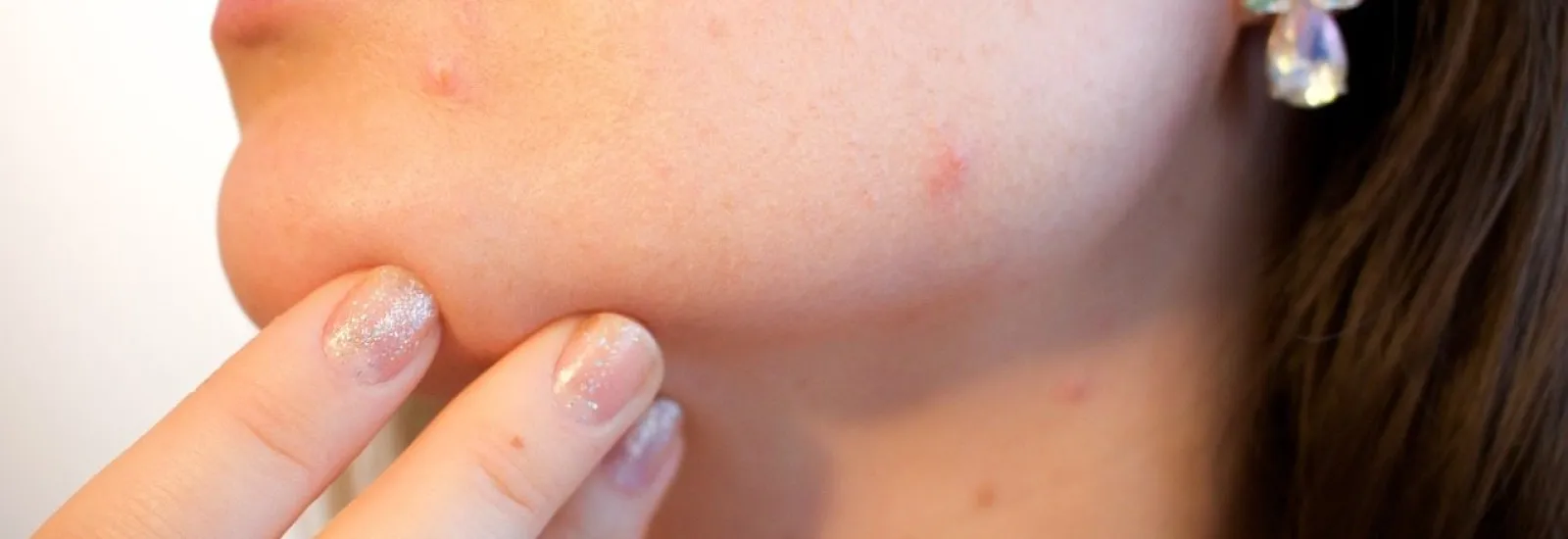
Fight adult acne by addressing your hormones
You thought acne was just for the teenage years and it would pass when you entered adulthood. However here you are in your 30s with breakouts. Maybe you’ve entered your 40s or even 50s and are getting pimples again or this is the first time you’ve developed acne.
Adult acne isn’t uncommon and occurs mostly in women. These breakouts can show up on your face back and chest. Here’s a rundown of how it happens and what to do:
What causes adult acne?
In general too much oil production causes acne. This leads to pimples blackheads whiteheads or even cysts. Dead skin cells clogged pores and bacteria along with inflammation also cause worsening acne the Mayo Clinic explains.
Hormone imbalances can stimulate more oil production. You see more breakouts near your period during pregnancy or at menopause. Your body’s hormones get thrown out of alignment during these times leading to more acne.
Other factors that worsen acne include:
- Stress – When you’re stressed your body circulates more androgens. These may stimulate oil glands in the hair follicles worsening acne according to the American Academy of Dermatology.
- Food – Eating a diet high in carbohydrates or dairy can exacerbate skin problems according to the Mayo Clinic.
- Medication – Some medications can cause acne. If you’ve noticed breakouts after starting a new medication ask your doctor if acne may be a side effect and if you have other treatment options.
How do you treat adult acne?
If your acne is mild and not causing you a lot of distress start with over-the-counter remedies. It’s important to regularly wash your face but don’t overdo it as it can dry out the skin. In this scenario your body will produce more oil. For more severe acne see a dermatologist. He or she will likely recommend a combination of treatments to clear your skin.
Cleansers and topical products
When choosing cosmetic products look for labels that note the product is non-comedogenic or oil-free. Most acne treatments use benzoyl peroxide or salicylic acid. Retinoids a popular ingredient in many anti-wrinkle products can also help adults. These are usually applied after washing your face.
Hormone regulators
Addressing the hormonal imbalances through medication is another common treatment option. This may be through combined oral contraceptives that contain more than just estrogen or progesterone.
The prescription drug spironolactone is approved to treat high blood pressure but it has been used off-label since the 1980s to treat acne. A review in the American Journal of Clinical Dermatology found that effectiveness isn’t fully proven but there seems to be decent evidence that it works. The drug blocks androgen receptors to prevent surges in testosterone which can lead to pimples. Reducing stress through meditation or exercise may also help you regulate those pesky stress hormones.
Medications and prescription gels
A dermatologist may recommend prescription creams or gels such as those containing retinol or dapzone. Antibiotics may also be recommended in some cases. In severe cases isotretinoin may be prescribed. This drug is only for when other treatment options failed. It carries a high risk of serious side effects but it’s highly effective.
Meeting with a dermatologist is the best way to get a tailored treatment plan based on your factors. Combining these treatments with diet or lifestyle changes can help find the best path to clear skin.
Image source: Pixabay

